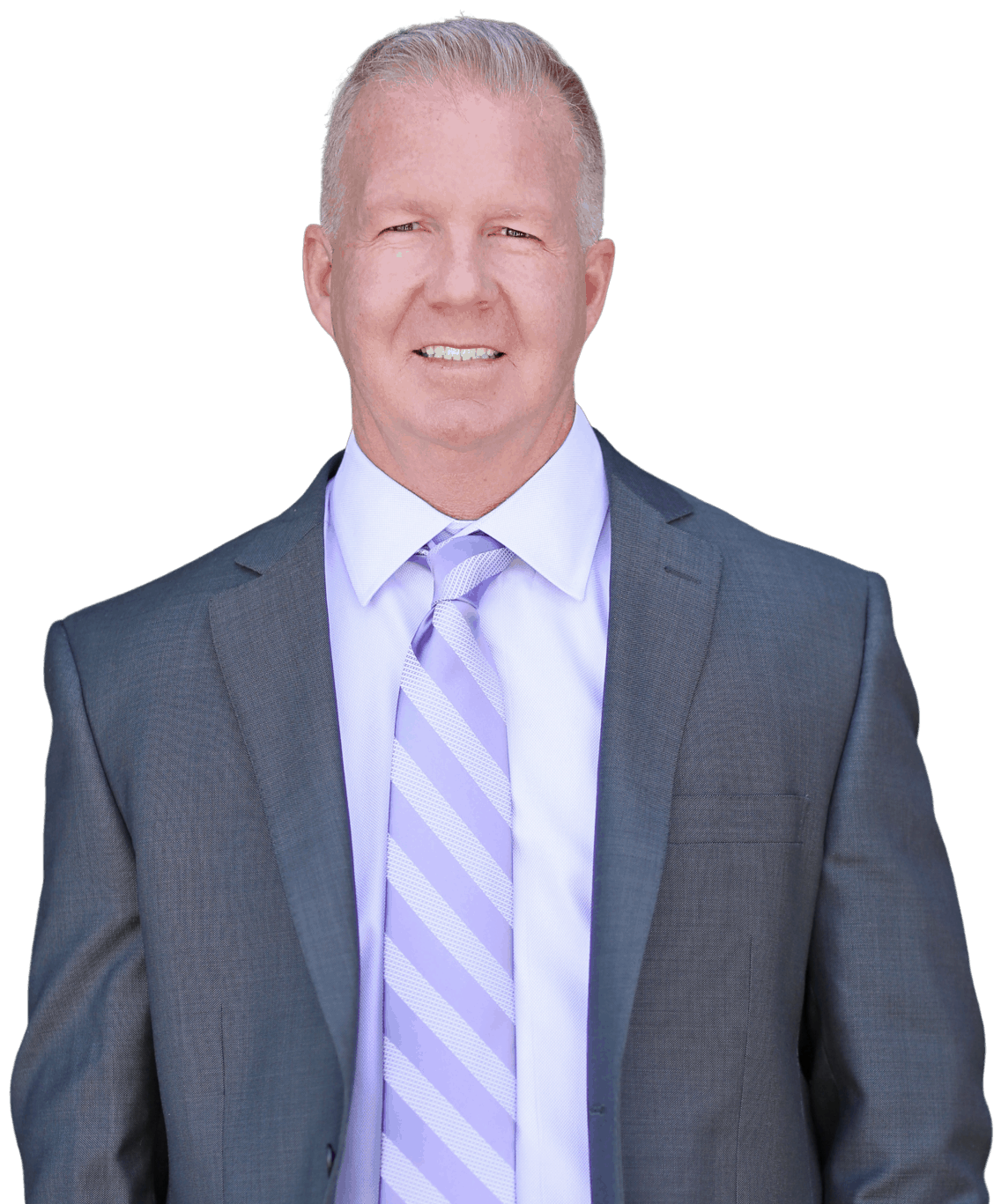
Driving a vehicle in the state of California means that you need to have your own insurance policy for that vehicle to protect you (and others) in the event of an accident. In California, auto insurance is not optional - it’s the law. Typically, motorists carry three types of coverages within their auto insurance policy: property, liability, and medical. But there are two additional coverages that you can add to your auto insurance policy to protect yourself if you’re in an accident with another driver who does not have sufficient insurance or no insurance at all. These two coverages are called Uninsured Motorist Coverage, and Underinsured Motorist Coverage.
To understand the true importance of Uninsured/Underinsured Motorist Coverage, we first need a basic understanding of how California car insurance laws work in the event of a claim or lawsuit.
The state of California follows what is termed a “fault” system when it comes to insurance. If you’ve been injured in an auto accident through no fault of your own (even if it was as a passenger or pedestrian, and not a driver), there are very few limitations on how you can seek compensation for your damages. After an accident, you may sustain property damage, medical bills, future treatment bills, and loss of income both now and in the future. There are several ways you may seek compensation for your damages, including but not limited to:
In California, the insurance you are required by law to carry is liability coverage. Minimum coverages are set in place to help protect drivers if an accident occurs that results in injury and/or property damage, and you are at fault. Minimum amounts for liability coverage in the state of California are as follows:
These are the bare minimum coverages you can obtain, and it’s not difficult to see how an accident involving serious injury and/or extensive property damage, or even death, would far exceed these minimums in terms of dollar amount. Once these limits are reached, you would be paying out of pocket for any damages. You can understand how devastating this could potentially be for you and your family. Therefore, it pays to carry coverage amounts higher than these minimums in the event of an accident that is your fault.
Most auto owners in California want not only to meet these minimums but exceed them. The more insurance coverage you purchase, the better protected you will be in the event that you need to utilize your insurance policy. The state of California does give you options, though, when it comes to carrying a qualifying insurance policy and demonstrating financial responsibility that complies with state laws regarding insurance. If you choose not to carry a qualifying insurance policy, you can do any of the following instead:
Now that we are aware of basic insurance requirements in California, let’s talk about Uninsured and Underinsured Motorist Coverages. Even though uninsured/underinsured coverage isn’t required by law in California, you’ll see that it is a wise investment in your financial security and peace of mind.
In the event of an accident you’re involved in where you are not at fault, the other driver’s liability coverage would pay for both your personal injury and property damages. But if the driver who is at fault doesn’t have any insurance coverage at all, you’d be facing a situation where all of your medical bills, your time off work, and the property damage to your car would be your financial responsibility. It’s easy to see how quickly this could become disastrous.
However, if you’ve invested in uninsured motorist coverage through your insurance company, you would be covered under your own policy up to the coverage limits that you’ve chosen. It makes sense that, for this reason, you should purchase as much insurance coverage as you can reasonably afford.
Just like the uninsured motorist coverage steps in when the at-fault driver has no insurance, underinsured motorist coverage steps in when the at-fault driver has less insurance than is needed to compensate you for damages suffered.
While underinsured motorist coverage is related to uninsured motorist coverage, but they are two separate coverages for two distinctly different situations. Still, most insurance companies will bundle them together and refer to them as a single protection: Uninsured/Underinsured Motorist Auto Insurance.
Underinsured coverage would activate in the following situations:
There are two distinctly unique ways that uninsured/underinsured motorist insurance protects you:
The benefits of securing uninsured/underinsured motorist coverage far outweigh the cost involved, as it may be the only coverage you have in the event of a serious accident where another driver is at fault and doesn’t have sufficient (or any) insurance. In this case, it may be the only avenue you have to recover damages.